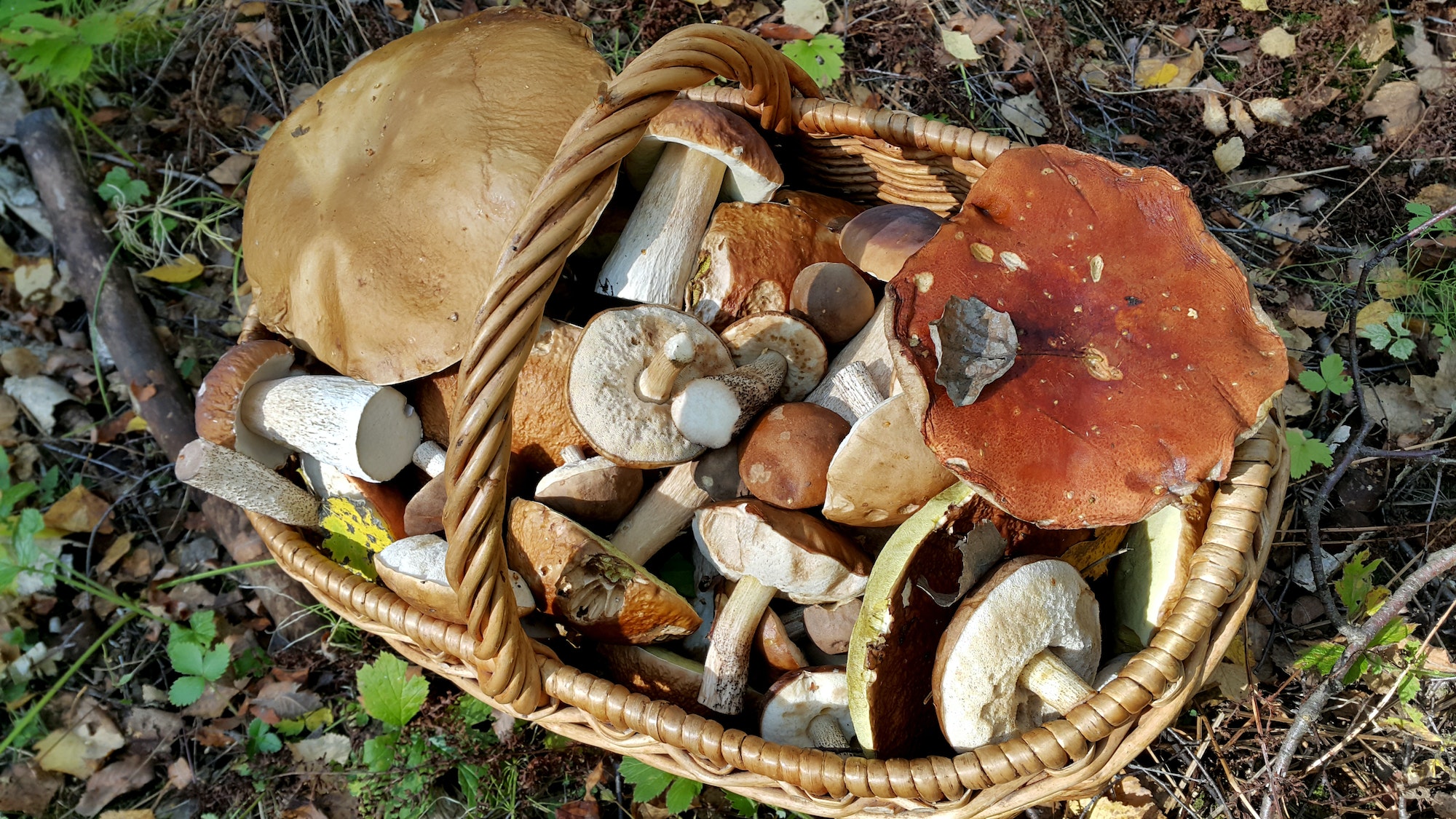Foraging for wild mushrooms can be an enjoyable and rewarding activity, but it’s important to exercise caution and know how to identify the difference between edible and toxic varieties. With thousands of mushroom species in existence, it can be a daunting task for beginners. However, with patience, practice, and adherence to some basic guidelines, you can become a skilled mushroom forager.
First, invest in a good field guide. Look for one that is specific to your region, as mushroom species can vary greatly depending on location. A comprehensive guide will provide detailed descriptions and photographs to help you identify different mushrooms. Additionally, consider joining a local mycological society or participating in guided foraging trips led by experts.
When foraging, keep these tips in mind:
1. Observe the entire mushroom:
Examine not just the cap but also the stem, gills or pores, and any other distinctive features. Some toxic mushrooms closely resemble edible ones but have subtle differences in their appearance.
2. Note the habitat:
Many mushrooms have specific growing conditions and are often found near certain types of trees or plants. For example, chanterelles typically grow near hardwood trees like oak and beech, while morels are often found in areas with dead or dying trees.
3. Pay attention to the time of year:
Mushroom species have various growing seasons, which can be helpful in narrowing down identification. Morels, for instance, are usually found in the spring, while chanterelles are more common during summer months.
4. Use all your senses:
Some mushrooms have distinct odors, tastes (only sample a tiny piece and spit it out), or textures that can help with identification. For example, the edible black trumpet mushroom has a fruity aroma reminiscent of apricots.
5. Be cautious with “look-alikes”:
There are many instances where toxic mushrooms closely resemble edible varieties. For example, the deadly galerina is often mistaken for the honey mushroom. Familiarize yourself with dangerous look-alikes and exercise caution when encountering them.
6. When in doubt, throw it out:
If you’re unsure about a mushroom’s identity or edibility, it’s best to err on the side of caution and not consume it.
To help you get started, here are some common edible mushrooms and their toxic look-alikes:
Chanterelles vs. Jack O’Lanterns:
Edible chanterelles have a yellow to orange color, a fruity aroma, and forked gills that run down the stem. The toxic jack o’lantern has true gills (not forked) and typically grows in clusters on wood.
Morels vs. False Morels:
True morels have a honeycomb-like cap with a hollow stem. False morels can be toxic and have a wrinkled or brain-like cap with a chambered or cotton-filled stem.
Porcinis vs. Bitter Boletes:
Porcinis are highly prized for their flavor and have a brown cap, white pores, and a net-like pattern on the stem. Bitter boletes look similar but have an extremely bitter taste (only test a tiny piece and spit it out).
Remember that no single rule will guarantee your safety when foraging for mushrooms. Always cross-reference multiple sources, consult experts when possible, and never consume a mushroom unless you’re 100% certain of its identity and edibility. With practice and patience, you’ll become adept at distinguishing between edible and toxic mushrooms, allowing you to safely enjoy the fruits of your foraging efforts.




